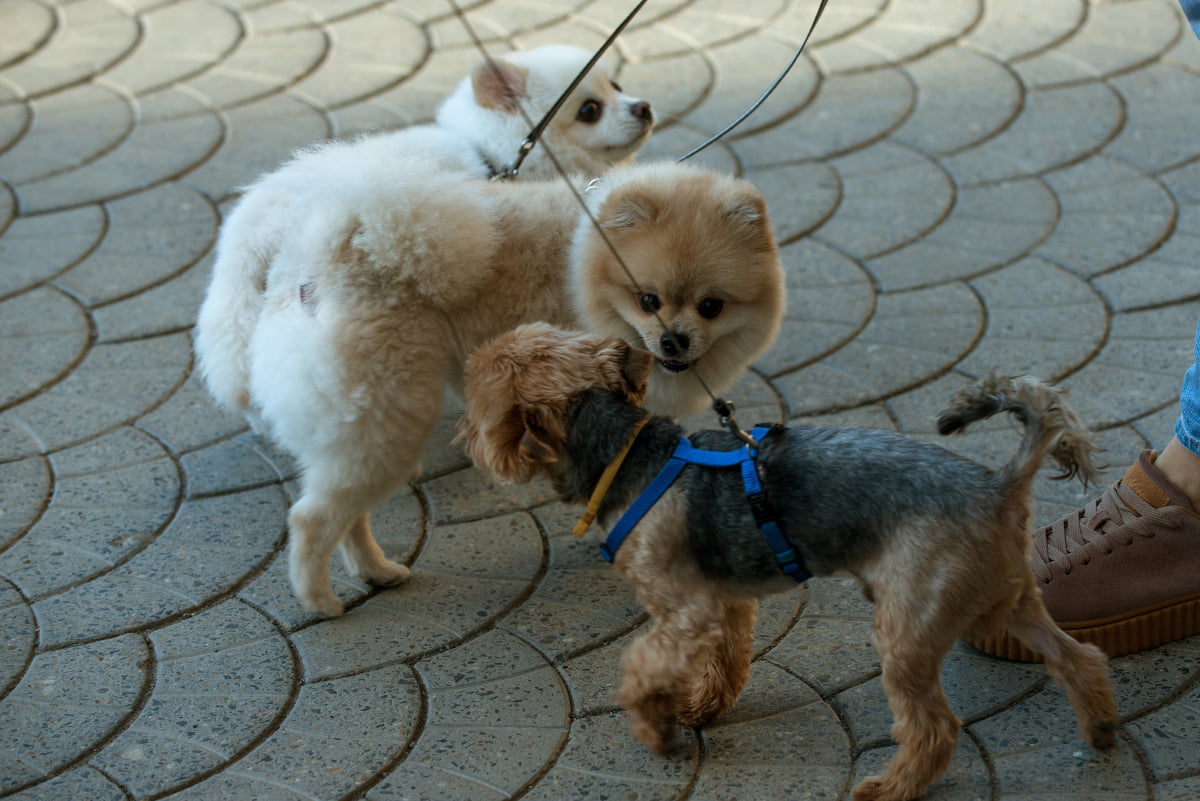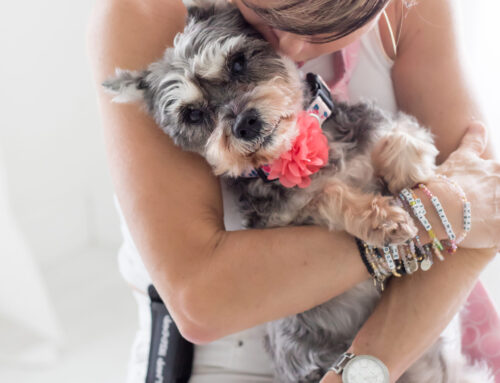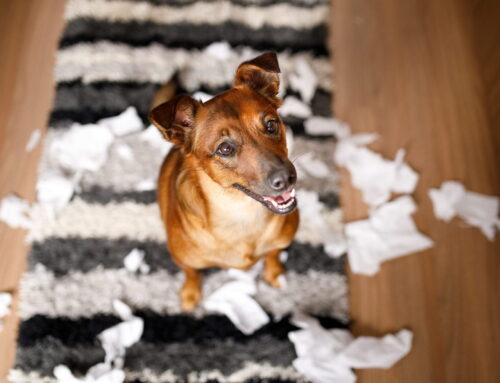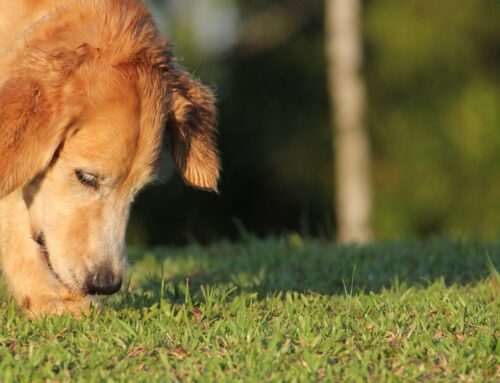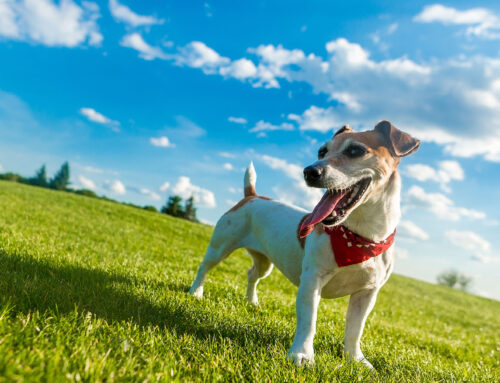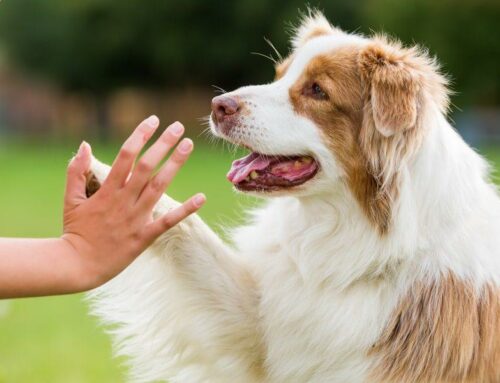Dogs that snap, bark, lunge, or growl at other dogs are often referred to as “reactive.” There is a common misconception that reactive dogs are aggressive. While some reactive dogs do have aggressive tendencies, not all have bad intentions. Reactive dogs are those that overreact to certain stimuli or situations. This is often related to a lack of socialization or strong emotions like fear or pure excitement. While reactive dogs can be difficult to manage, it is possible to train a dog that presents with these behaviors.
Recognize Your Dog’s Triggers
Reactive dogs often have certain triggers that result in poor behavior. When you can recognize these triggers, you can do your best to avoid them or at least manage them. Some dogs have more common triggers, such as the feeling of being trapped while on a leash. Other dogs have more unfamiliar triggers, such as men who wear hats. While you may not always be able to eliminate these triggers, you can reduce their presence by comforting them, adding a positive experience, such as a treat and slowly exposing them to the stimulus more often.
Create an Escape Plan
For those times that you are not able to avoid your dog’s triggers, have an escape plan in place. For example, if you are out walking your dog and see a trigger just a few houses down, swiftly cross the street or turn around and walk the other way. If that isn’t an option, find ways to get your dog’s attention or block his view of the trigger. “Look at me” is an important command and treats are very helpful. The Doggie Don’t Device is an excellent way to correct unwanted behavior by getting your pet’s attention in a safe and humane way.
Manage Your Dog’s Stress
Reactive dogs often suffer from stress which can make their behavior problems even more apparent. While there are many ways to help manage your pet’s behavior, many pet owners find success with regular exercise. Walking, swimming, or trips to the dog park cannot only reduce stress but also keep your pet active and healthy. You can also relieve stress by providing toys, playing calming background music, giving your pup a security blanket, or implementing crate training.
Reactive dogs often deal with a whirlwind of emotions. Rather than punishing your dog for this behavior, find ways to change it. By better understanding dog psychology and implementing some simple training techniques, you can help manage your pet’s triggers and keep your pup calm. Of course, you have to be very consistent with your training efforts for it to be truly effective.

